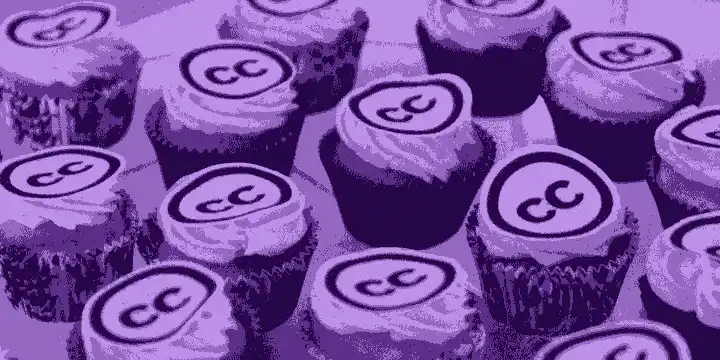Having recently embarked on the path leading to Creative Commons certification, I’ve decided to share my logbook with you, as and when I complete my training units. This first article covers the basics of this essential institution in the world of free and open cultures. Don’t hesitate to send me your comments: as always, I’ll be delighted to share my learnings & resources on this subject more widely.
In the beginning was free(dom)
The early 80’s saw the emergence of the major companies that built the web (itself officially founded in 1989 at CERN by the team of Tim Berners-Lee). At that time, digital technologies were free, and this new emerging business market began to affix proprietary rights to softwares and hardwares. In 1983, Richard Stallman ↗ , then a computer scientist at the Massachusset Institute of Technology (MIT), launched the GNU Project ↗ , the kernel of an open operating system, which in the 90’s was joined by Linus Torvalds to create GNU/Linux. In order to define and guarantee the terms of software openness, he created the very first free software license in history: the GNU General Public License (GNU GPL) ↗ . It includes a first-rate legal tool that is still extremely powerful today: copyleft, which restricts subsequent adaptations to the same conditions as the original software.
« The crucial freedoms that define “free software” are guaranteed to anyone who owns a copy; they become inalienable rights. » Richard Stallman
—
📚 What is copyleft? ↗ , GNU / Free Software Foundation
Copyright term extended in the U.S.
In 1998, the Sonny Bono Copyright Term Extension Act (CTEA) ↗ [source: Wikipedia] dealt a major blow to copyright legislation in the United States since 1976. This Act extended the copyright term for works in the United States by 20 years, i.e. :
- for an individual → the lifetime of the creator + 70 years
- for a company → for 120 years after creation or 95 years after publication (whichever comes first)
By comparison, currently in France, economic rights “persist for the benefit of his successors in title during the current calendar year and the following seventy years” [source: Code de la propriété intellectuelle]. It is only after this long period that the work enters into the public domain ↗ . The CTEA has thus prevented many works from entering the public domain.
As an anecdote, it was because the Disney company engaged an intense lobbying in the 90s to protect the copyright on the Mickey Mouse character (Steamboat Willie film was about to enter into the public domain…), that their term was extended.
—
📚 French Intellectual Property Code - Chapter III - Duration of protection) ↗
📚 The Public Domain ↗ , In Propriété intellectuelle / Géopolitique & mondialisation, CNRS Editions, 2013, p.37-54 [OpenEdition Books]
Lawrence Lessig enters the scene
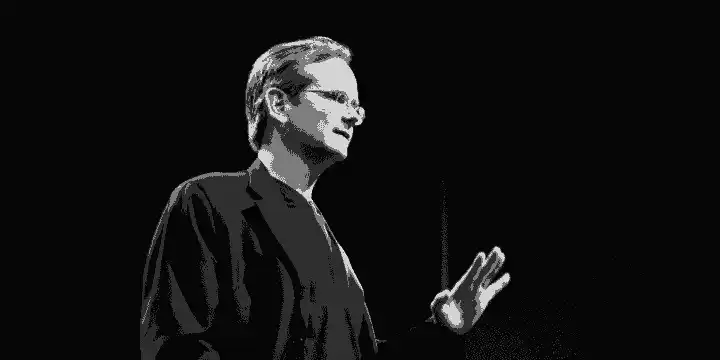
Lawrence Lessig, a Stanford law professor, represented an Internet publisher named Eric Eldred, who had made a career of making available works that had entered into the public domain. Together with numerous supporters (including the Free Software Foundation and the College Art Association), they united against the U.S. government. To challenge the constitutionality of this law, the case known as Eldred VS Ashcroft was taken all the way to the U.S. Supreme Court.
The transfer of works into the public domain is important because it allows everyone to draw on a universal melting pot of knowledge and creativity, without conditions or authorization.
In the end, Eric Eldred and Lawrence Lessig were unsuccessful.
—
📚 Everything you need to know about the legal case Eldred VS Ashcroft ↗ [source: Wikipedia]
Free culture activists
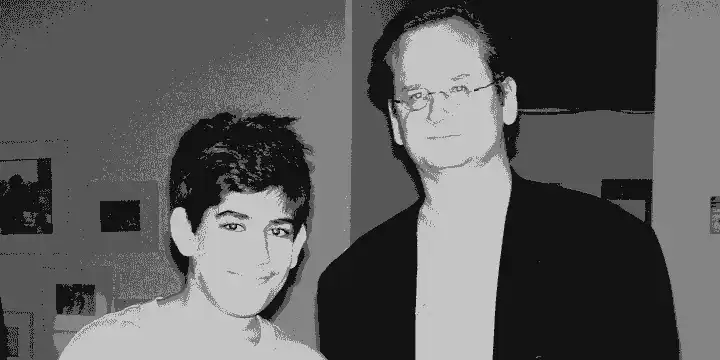
It’s impossible to tell the story of Creative Commons' birth without mentioning Aaron Swartz. Despite his very young age (just 16 in 2002), he was one of the first architects of Creative Commons, alongside Lawrence Lessig. A genius developer, early hacker and champion of Open Access, he was a fervent activist in favor of free cultures. He is notably recognized for having founded the Internet Archive Open Library ↗ , a digital library of free books open to all, the social network Reddit ↗ (used today by almost 1.7 billion active users every month), participated in the launch of Wikipédia ↗ , Wikileaks ↗ , contributed to the Tor network ↗ , helped develop the semantic web and RSS feeds…
Aaron Swartz is also involved in the campaign to prevent the adoption of the Stop Online Piracy Act (SOPA), a law instituted by the US Congress to combat copyright infringement on the Internet.
His confrontation with the U.S. government came to a tragic end ↗ . In 2010, while he was a researcher at Harvard University, he was arrested by the courts. He had downloaded a large number of articles from academic journals via the MIT computer network. His intention was to create a campus open to all, allowing them access to the documents thus released.
—
📚 Open Library ↗ nowadays [source: Internet Archive]
Creative Commons Foundation
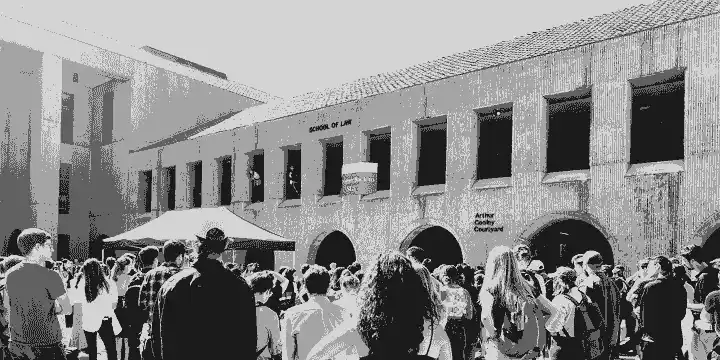
On January 15, 2001, Lawrence Lessig, Eric Eldred and their partners set up a non-profit organization called Creative Commons at Stanford Law School. On December 16, 2002, they published the Creative Commons licenses (CCL v 1.0). Their primary aim was to provide a legal framework for people all over the world wishing to assign or release their works from copyright & intellectual property rights. It is this tension between sharing creativity and copyright that Creative Commons seeks to resolve.
« A free culture has been our past, but it will only be our future if we change the path we are on right now » Lawrence Lessig
What (really) Creative Commons means
🏛 1 international non-profit organization, modest in size, supported by a huge globally distributed organization
« We advocate for better sharing : sharing that is contextual, inclusive, just, equitable, reciprocal, and sustainable. » Creative Commons
🔓 a toolbox of 6 modular, public and free licenses that allow creators to define the conditions (“some rights reserved”) under which they release their works from strict copyright (“all rights reserved”). Icons, evoking conditions of use that are clearly identifiable and easily communicable, have greatly helped their development. They offer
- 1 “public domain tool” (CC0) : created in March 2009, it allows for the most open, unconditional use possible in the public domain
- 2 open licenses (CC BY, CC BY-SA)
- and 4 restrictive licenses, allowing creators to combine rights according to their desired level of freedom.
CC licenses are an easy way for creators to share their works in a way that is compatible with their country’s copyright law.
🤝 1 community of shared values, a collective movement to promote the development of free cultures and develop the ability to act
—
📚 Who we are ↗ [source: Creative Commons]
📚 Share your work : choose a license ↗ [source: Creative Commons]
Creative Commons licenses make it possible
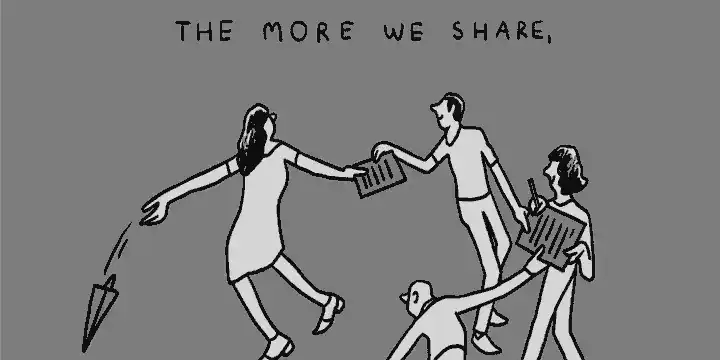
The founders of Creative Commons initially wanted to change U.S. copyright law. But the restrictive dimension of copyright laws may have represented a form of enclosure to the commons & shared cultures. The development of the web and digital technologies has opened up new avenues for cooperative communities of practice and knowledge sharing.
Licenses not only provide an up-to-date legal framework (version 4.0 dates from 2013), but also develop the reproductive potential of the knowledge, culture & information commons. In fact, they encourage communities of sharing & commitment and offer an alternative to economic, financial and proprietary models. In France, initiatives have already been launched by major institutions such as the Ministry of Culture and SACEM…
—
📚 Listen to _Oslodum_, from Gilberto Gil ↗ , under CC Sampling Plus 1.0 license ↗ (now obsolete)
And today…
In 2003, 1 million works were already stamped CC. Today, 2.5 billion items of content are shared worldwide under Creative Commons licenses, in 44 languages! The strategy developed is based on 3 pillars: promoting the voice of free cultures to “reshape the open ecosystem”, improving open platforms and empowering audiences.
The areas of intervention are extremely varied: Open Culture ↗ , Open Climate, Open Science ↗ , Open Education ↗ , Open Journalism ↗ …
Likewise, they present a wide variety of uses: photography, videos, audio & podcasts, literary texts, comics, scientific articles, educational resources, etc. Supported by major content platforms such as Flickr, YouTube, Europeana ↗ (a platform for Europe’s digital cultural heritage) or Wikimedia ↗ (a platform for free educational content from all over the world)…
—
📚 State of the Commons 2022 ↗ [source: Creative Commons]
Everyone can play their part
How can you contribute to this great movement for a more open future?
- cooperate with the communities of the CC Global Network ↗ , a vast agora of 700 members, where you can organize events, set up awareness-raising workshops, and spread the word about Creative Commons on the web & social media,
- use or help build an open technology development project: CC Chooser, Wordpress Plugin…
- use CC search tools: CC Search ↗
- use the license selection module ↗ & integrate CC licenses into your content & resources
- follow a certification ↗ course, like the one I’m currently working on around Open Cultures & GLAM (Galleries, Libraries, Archives, Museums)
Commons & Open GLAM
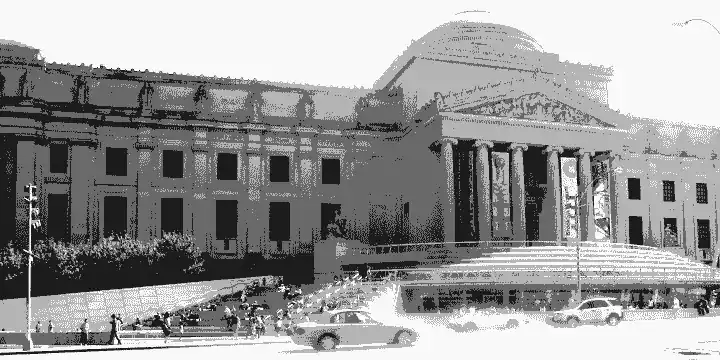
French philosopher Bernard Stiegler has declared that free softwares and licenses represent “a new economic matrix for the organization of work, which creates a new kind of value, […] a bearer of transformation”. These transformations are in the heart of the rediscovery of the commons in the age of digital technologies. Silvia Federici, researcher and professor at Hofstra University in New York, discusses the indigenous commons and open & cooperative approaches according to 8 criteria (in her book Re-enchanting the world ↗ ) that broaden the definitions put forward by economist Elinor Olstrom.
The OpenGLAM movement, initiated at the Brooklyn Museum of Art, is part of this dynamic and aims to open up and share cultural heritage. Heritage collections, such as the Brittany Regional Museum ↗ , which was a pioneer in France, stand to gain from freeing up their digitized holdings, so that these resources become a genuine public asset accessible to all.
More broadly, beyond the enhancement of heritage collections, Open Content, particularly within GLAMs, makes it possible to extend openness and sharing to all (co)produced content and multimedia resources. A holistic vision of openness further strengthens the dynamic of public services as common goods.
—
📚 Common goods, digital and culture ↗ [article in French]
… to be continued …
␥ Find out more
- All my articles about Creative Commons / CC-Cert Logbook
- Creative Commons . org ↗
- CC Summit 2023 ↗ : AI and The Commons
Article under CC BY-SA 4.0 license
This article is published under CC BY-SA 4.0 Attribution-ShareAlike license
→ You are free to :
Share — copy and redistribute the material in any medium or format for any purpose, even commercially
Adapt — remix, transform, and build upon the material for any purpose, even commercially.
→ Under the following terms :
Attribution — You must give appropriate credit with the title and the author's name of this article, provide a link to this article as well as a link to the license CC BY-SA 4.0, and indicate if changes were made
ShareAlike — If you remix, transform, or build upon the material, you must distribute your contributions under the same license CC BY-SA 4.0 .
To credit this article :
« What is Creative Commons ? — CC-Cert Logbook 1/., Guillaume Rouan, CC BY-SA 4.0 »
🔗 https://grouan.fr/en/2023/09/25/creative-commons-certification-unit1-qu-est-ce-que-creative-commons/
🔗 https://creativecommons.org/licenses/by-sa/4.0/deed.fr
Permalink
https://grouan.fr/en/2023/09/25/creative-commons-certification-unit1-qu-est-ce-que-creative-commons/
